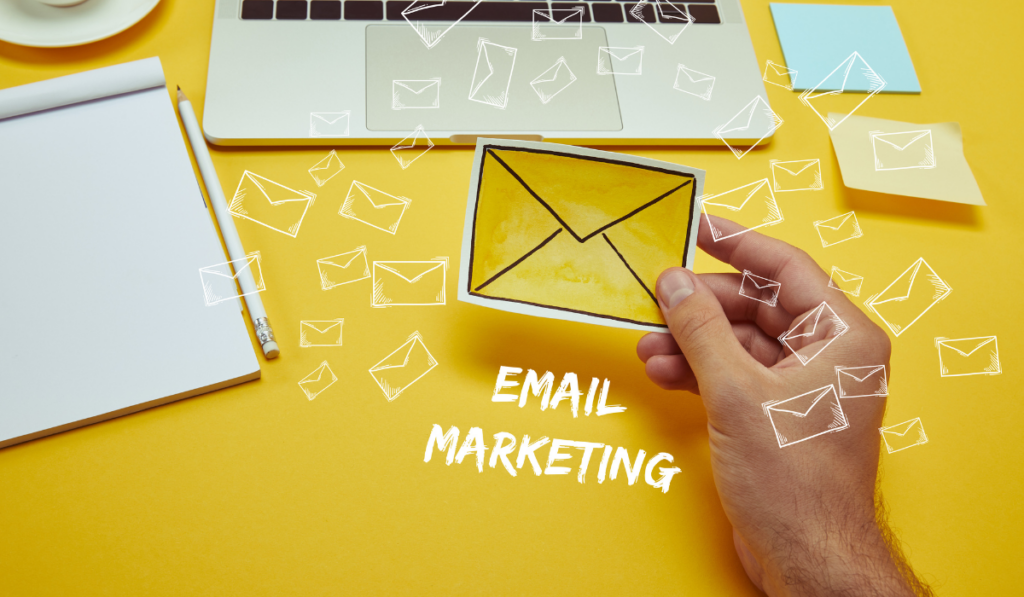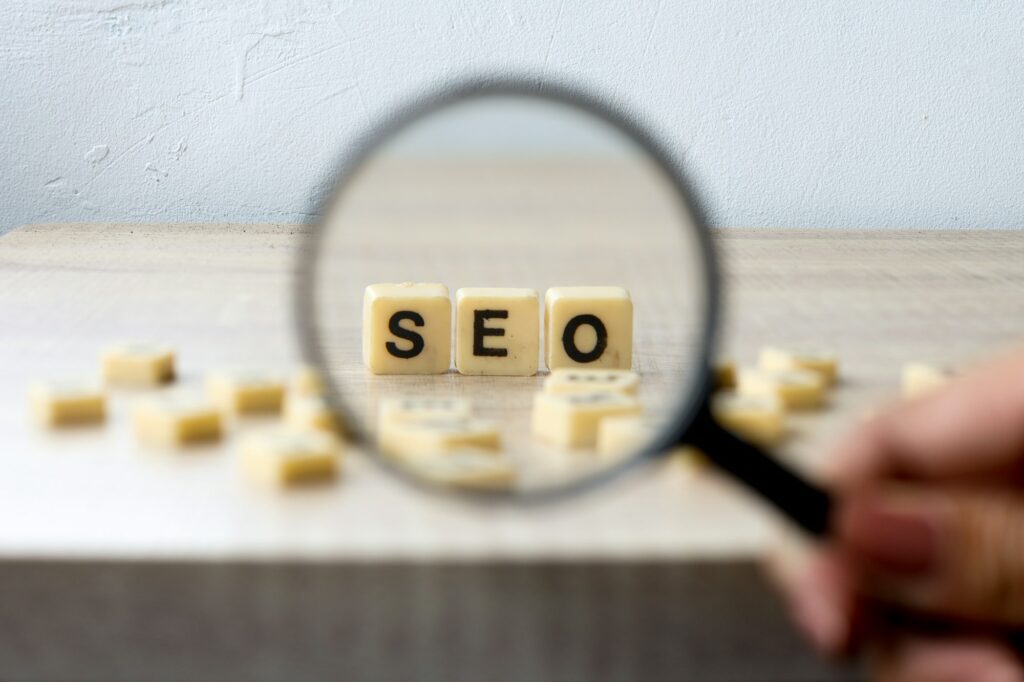As a marketing agency owner, I’ve had the privilege of working with numerous established businesses. They often approach me with a common question: “How can I grow my business efficiently, especially with a limited marketing budget?” While their initial instincts may lead them to consider investments in a website redesign, Google Ads or SEO, they tend to overlook a hidden gem that can offer significant returns without breaking the bank.
Most businesses fail to see the goldmine that is their client database.
According to Salesforce, 87% of businesses say that client data is important to their business strategy, but only 2% say they are fully leveraging it.
A high-quality client database is a secret weapon for marketers. Neglecting to nurture, update, or even create one means you’re missing out on potential business opportunities.
In fact:
- SMEs that use client data to personalise their marketing campaigns achieve a 20% increase in sales compared to those that do not.
- SMEs that use client data to segment their clients and target them with relevant offers see a 19% increase in client satisfaction.
- SMEs that use client data to identify and target their most valuable clients see a 15% increase in revenue.
So, not to be rude, but I am hear to tell you – leverage your damn database!
Your database is your marketing lifeline because it gives you a direct line to your clients and allows you to personalise your marketing, which leads to increased sales and loyalty. It contains a wealth of information about your clients, such as their contact information, purchase history, and preferences. By collecting and managing this data effectively, you can gain valuable insights into your clients and use that information to improve your marketing, sales, and client service efforts.
The first step is to create a system for collecting client data. This can be done through a variety of methods, such as:
- Online lead generators
- client surveys
- Loyalty programs
- Social media
- Point-of-sale (POS) systems
Once you have collected client data, you need to store it in a secure and organised database. This could be a simple spreadsheet or a more sophisticated client relationship management (CRM) system.
Managing a client database
Once you have a client database, you need to manage it effectively. Remember that you can’t just set it up and forget about it. Regular maintenance is crucial. Think of it as tending to your digital garden; a little effort goes a long way.
Small businesses often have limited resources, so it’s important to be strategic when creating, managing, and leveraging a client database. Here are a few tips:
- Start small. You don’t need to have a complex CRM system to get started. A simple spreadsheet can often be sufficient for small businesses.
- Focus on the most important data. Not all client data is created equal. Focus on collecting and managing the data that is most relevant to your business.
- Automate as much as possible. There are a number of tools and software that can help you automate the tasks involved in managing a client database. This will free up your time to focus on other aspects of your business.
- Segment, segment, segment. By segmenting your clients, you can tailor your marketing and sales messages to each group. For example, you might send different email campaigns to new clients based on the products or services they are interested in.
- Use client data to make better decisions. The insights you gain from your client database can be used to improve all aspects of your business, from marketing and sales to product development and client service.
Nurture your leads
Once your database is ready, it’s time to nurture your leads. Lead nurturing means building and strengthening relationships with potential clients throughout the entire sales process. The aim is to provide prospects with the information they need to decide on a purchase.
By organising your database into segments and sending tailored messages, you can guide prospects along the sales journey and transform them into clients.
Here are some examples of lead nurturing content to share with your database:
- Informative blog posts and articles that educate your leads on how your solution helps solve their problems
- Success stories and testimonials from satisfied clients
- Valuable white papers and e-books detailing your products or services
- Engaging webinars and demonstrations showcasing your offerings
- Exclusive special offers and discounts
Consistently providing your database with informative and appealing content keeps you in their thoughts and establishes you as a trusted advisor. According to a study by Demand Metric, the average B2B buyer goes through 12 touchpoints before making a purchase. So communicating with them consistently increases the likelihood that they’ll choose your products or services when they’re ready to make a purchase.
How often should I be emailing or SMSing my database?
The frequency of your SME and email marketing campaigns will depend on your industry and your clients’ preferences. However, a good general rule of thumb is to send emails no more than once a week and SMS messages no more than once a month.
Of course, there are always exceptions to the rule. For example, if you have a new product or service to announce, you may want to send more frequent email campaigns. And if you have a special offer or promotion, you may want to send SMS messages more frequently.
The key is to avoid overwhelming your clients with too many messages. If you email or SMS your clients too often, they may unsubscribe from your list or start ignoring your messages.
There are a few things you can do to avoid being annoying with your email and SMS marketing campaigns:
- Personalise your messages. Address your clients by name and include information that is relevant to them. For example, you could mention their purchase history or their interests in your email campaigns.
- Provide value in your messages. Don’t just send promotional emails and SMS messages. Instead, focus on providing your clients with valuable information, such as tips and advice, exclusive content, and special offers.
- Give your clients the option to unsubscribe. Make it easy for your clients to unsubscribe from your email and SMS lists if they no longer want to receive your messages.
Don’t forget about your current clients
Once you have converted a lead into a client, it is important to maintain communication with them. This will help you build relationships with your clients and keep them coming back for more.
Here are some specific examples of how you can communicate with your current clients:
- Send them regular email newsletters with information about new products, services, company news and special offers.
- Invite them to exclusive events and webinars.
- Offer them personalised discounts and promotions.
- Send them birthday and anniversary greetings.
- Reach out to them to see how they are using your products or services and to offer them support.
Your database is a goldmine waiting to be explored. With some effort and maintenance, it can become a valuable asset for your business. If you need help getting your database in top shape, let’s talk. Don’t let your data slip away – make it work for you!





